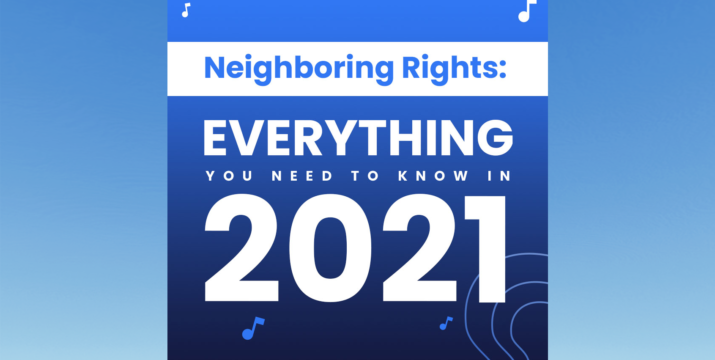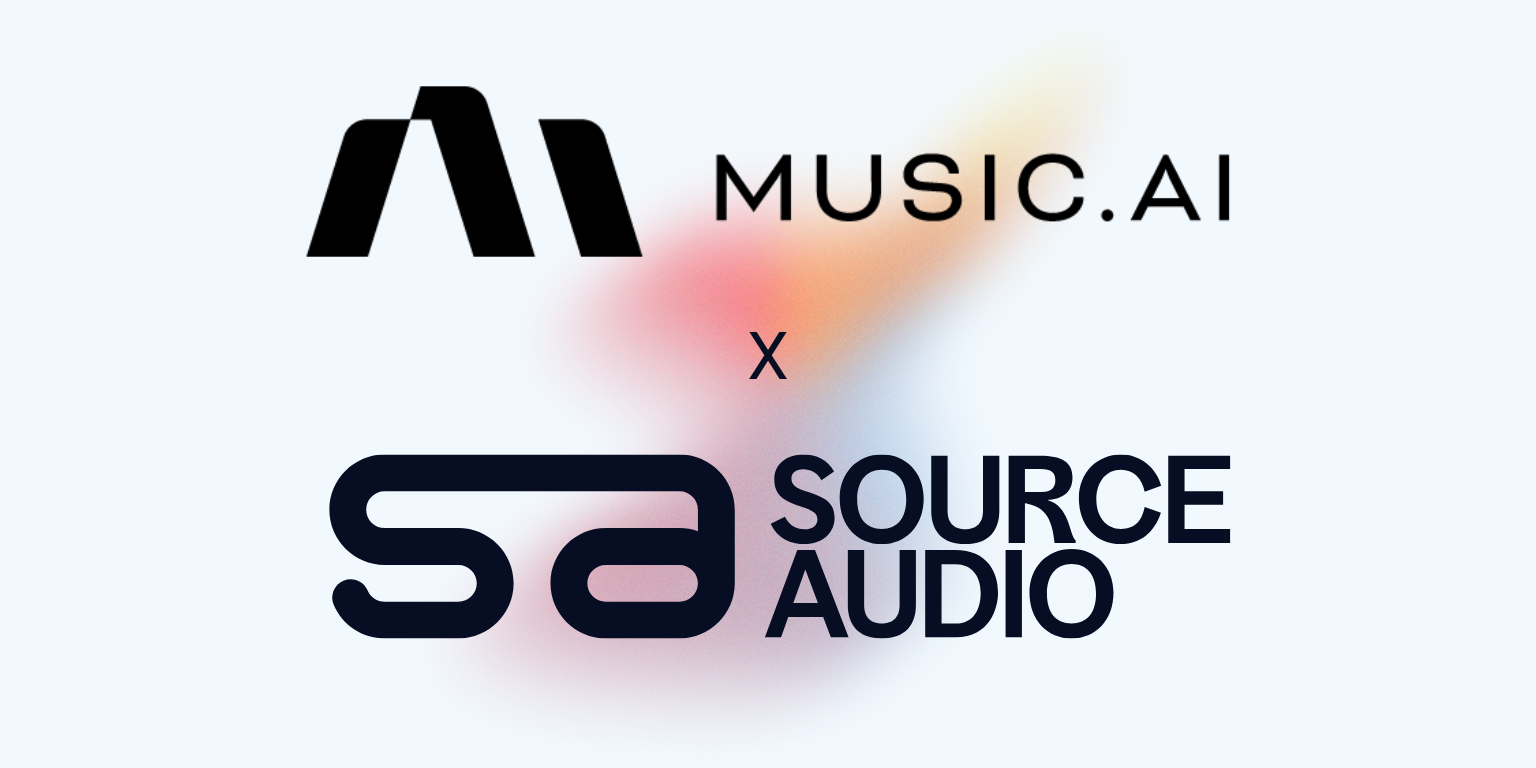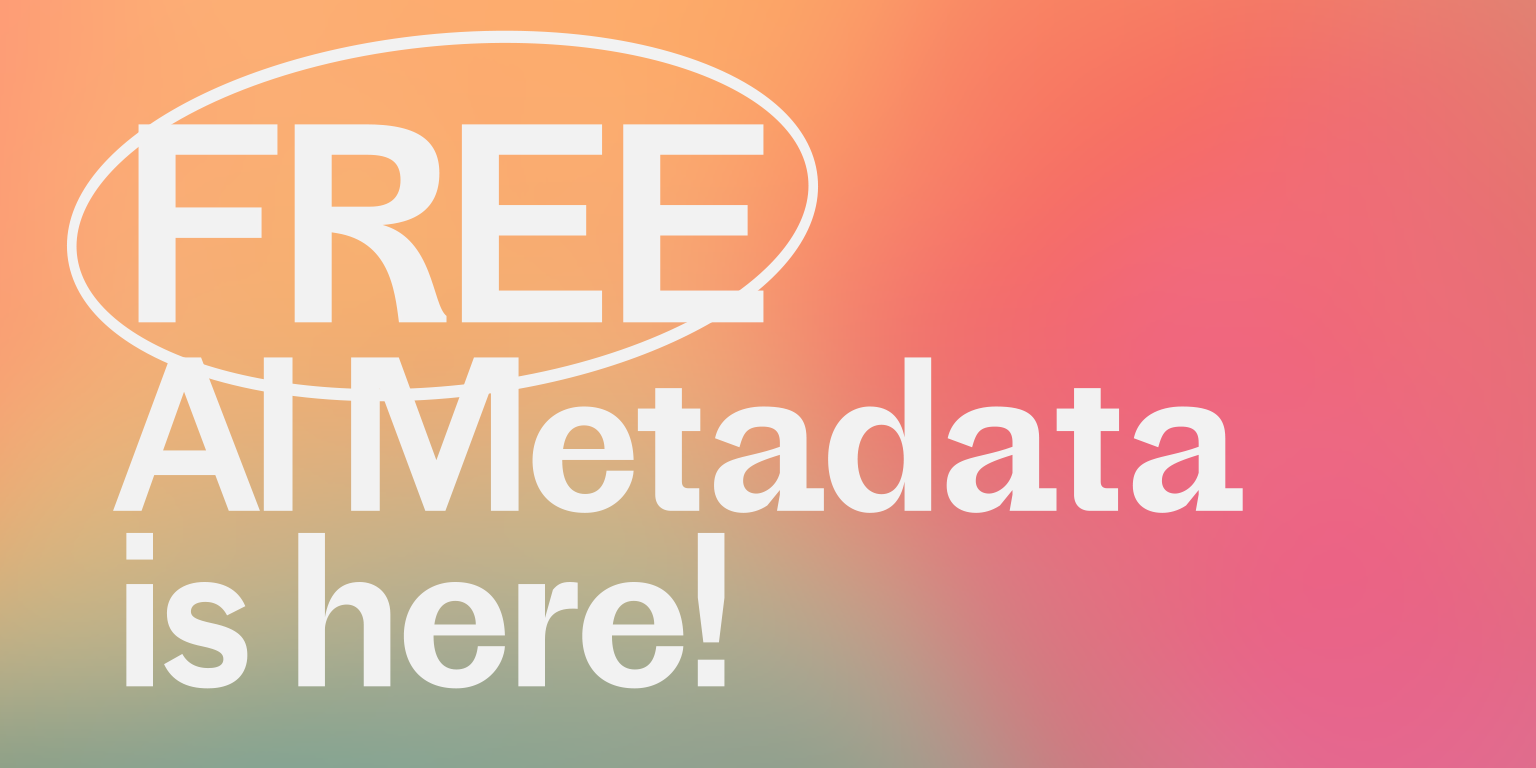Neighboring Rights: Everything You Need to Know in 2021
Updated November 6, 2020

Neighboring rights have long been a point of confusion for many musicians, but they’re really very simple! Neighboring rights are public performance royalties due for the use of a given sound recording. These royalties are due to the performers and master recording owners of a track, but too often this money is left unclaimed.
Royalties from neighboring rights add up to more than two billion dollars annually, topping $2.6 billion in 2019, so today it’s more important than ever for works to be properly registered so that entitled parties can collect on this essential income source.
The Basics
Neighboring rights, sometimes called “related rights”, get their name in reference to how the sound recording copyright “neighbors” the composition copyright. You may often hear this sound recording copyright referred to as the “master” or referenced as ℗, while composition copyrights are often referred to as the “song”, the “publishing”, or referenced as ©.
These two pieces of intellectual property that exist in a track each have their own separate royalty streams. The PROs around the world pay out public performance royalties for the use of a composition, while neighboring rights societies pay out public performance royalties for the use of a sound recording.
Payout Breakdown
Payments originate from the digital broadcasters and, in most countries besides the U.S. (more on that below), terrestrial broadcasts that are obligated to make a master-use statutory royalty payment of about $0.002 for every play. This money is paid directly to their country’s neighboring rights organization, who in turn pays out to the registered entitled parties for that track.
The U.S. neighboring rights society, SoundExchange, has shared the following breakdown of how they distribute master-use royalties.
- 45% gets paid to the featured artist or artists (the parties advertised as the artist for that track)
- 5% gets paid to non-featured artists through organizations like the American Federation of Musicians (AFM) and SAG-AFTRA
- 50% gets paid to the owner of the recording
This means that if you are an independent musician self-releasing your music, under US copyright law you are entitled to both the artist and the rights holder shares. Even if you work with a label or distribution service, SoundExchange is obligated by law to pay the featured artists’ portion directly to the artist, so it’s critical that recording artists register themselves directly on SoundExchange to avoid leaving money on the table, even if they’re on a label.
Differing Policies Around the World
For reasons that have long been disputed, the U.S. has remained one of only a small handful of countries around the world that does not pay out royalties on traditional, terrestrial neighboring rights. It was only in 2003 with the foundation of SoundExchange that U.S. performers and master recording owners began to see any compensation for the use of their sound recordings as digital neighboring rights came into play.
| Digital Neighboring Rights · Internet radio (like Pandora) · Satellite radio (like SiriusXM) · Other webcasters · Audio-only digital music programming via residential televisions using cable or satellite television providers | Terrestrial Neighboring Rights · AM/FM radio (terrestrial radio) · Other television usage · Plays in live venues |
In addition to the US not paying out on their domestic terrestrial plays, the reciprocal is also true: American performers and master recording owners are not entitled to master-use neighboring rights royalties when their tracks get terrestrial air-time in other countries.
There have been efforts in the U.S. to instate statutory terrestrial master-use royalty payments such as the “Fair Play Fair Pay” act in 2017. The act made it all the way to U.S. congress, but to date no such legislation has been passed to put the U.S. among the many countries that do pay out master-use royalties on terrestrial uses.
Registration with your country’s neighboring rights organization is always free. Talk to your label to be sure you’re collecting all your entitled royalties, or get started registering your self-released material by acquiring International Standard Recording Codes needed to identify your tracks for master-use royalty payments.
This post was originally published in 2020 and has been reviewed for accuracy in 2021.

Industry-Leading Stem Separation Comes to SourceAudio
We are excited to announce our latest partnership with Music.AI, bringing groundbreaking AI-powered stem separation directly to our platform! This integration allows you to create broadcast-quality instrumentals and stems with unmatched pr...[ READ MORE ]

FREE AI METADATA – Now on All Catalog Manager Sites
Supercharge your music library with cutting-edge AI-powered metadata -- on us! Every Catalog Manager site now comes with FREE AI metadata tagging for your entire catalog. Leverage this incredible tool now, and read on to learn how it can d...[ READ MORE ]

File Delivery is Now Free and Included for All Catalog Manager Sites
Every Catalog Manager site now comes with 250GB of FREE file transfer space every month – that's approximately 9,000 WAV files, every month. Not using file delivery yet? Here are 11 ways this powerful tool can supercharge your business....[ READ MORE ]

Our E-commerce Add-on Is Now Free for All Catalog Manager Sites
E-commerce is now free for everyone! In the spirit of creating as much value as possible for our community and clients, what was once a paid add-on is now free for everyone. Not using e-commerce on your SourceAudio site yet? Here are 12 way...[ READ MORE ]




